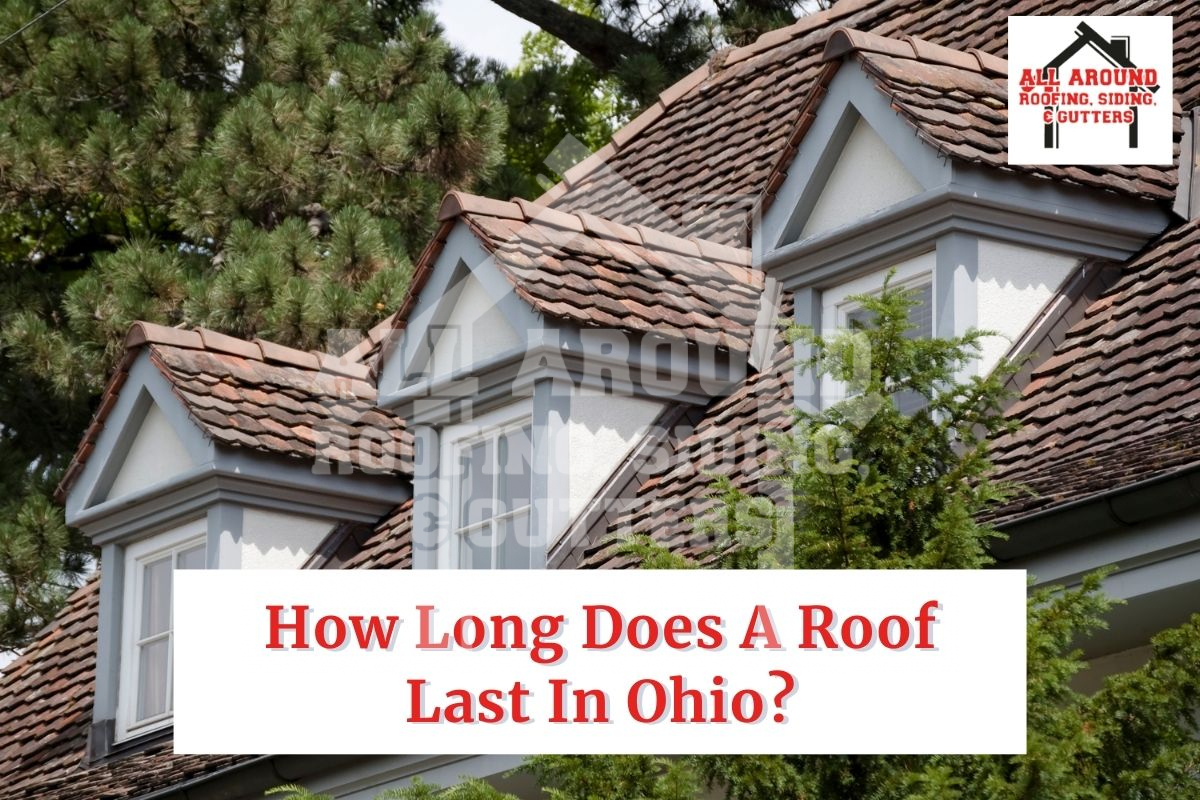For residents in Ohio, knowing how long a roof lasts is really important. Even while it serves as a weatherproof barrier, a roof is an expensive undertaking, so you don’t want to replace it before it reaches the end of its lifespan.
In this blog post, we’ll go over how long a roof lasts in Ohio based on the roofing materials the roof is made out of, and provide insight into how the weather affects your roof’s lifespan. Keep reading to learn how to properly assess and determine the needs of your roof based on how long its lifespan is.
Average Lifespan Of Roofing Materials In Ohio
Here’s a breakdown of the average lifespan for the most common roofing materials used in Ohio.
1. Asphalt Shingles
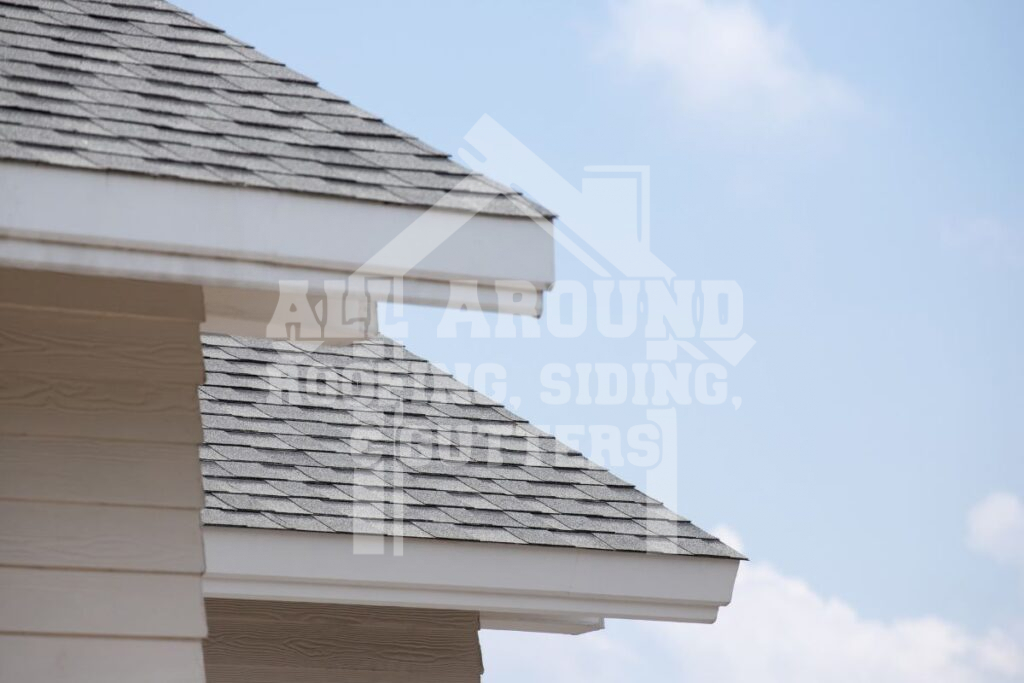
Lifespan: 15 to 30 years
In Ohio, many homeowners choose asphalt shingles because they are affordable and easy to install. These shingles are made from a fiberglass mat coated with asphalt and mineral granules, which makes them good at resisting weather and available in many designs. However, they don’t last as long as other materials and might need some upkeep over time.
2. Metal Roofs

Lifespan: 40 to 75 years
Metal roofs are becoming more popular because they last a long time and can handle tough weather like heavy snow and strong winds. Made from materials like steel or aluminum, they are also energy-efficient, reflecting heat to help lower cooling costs.
3. Slate Roofs
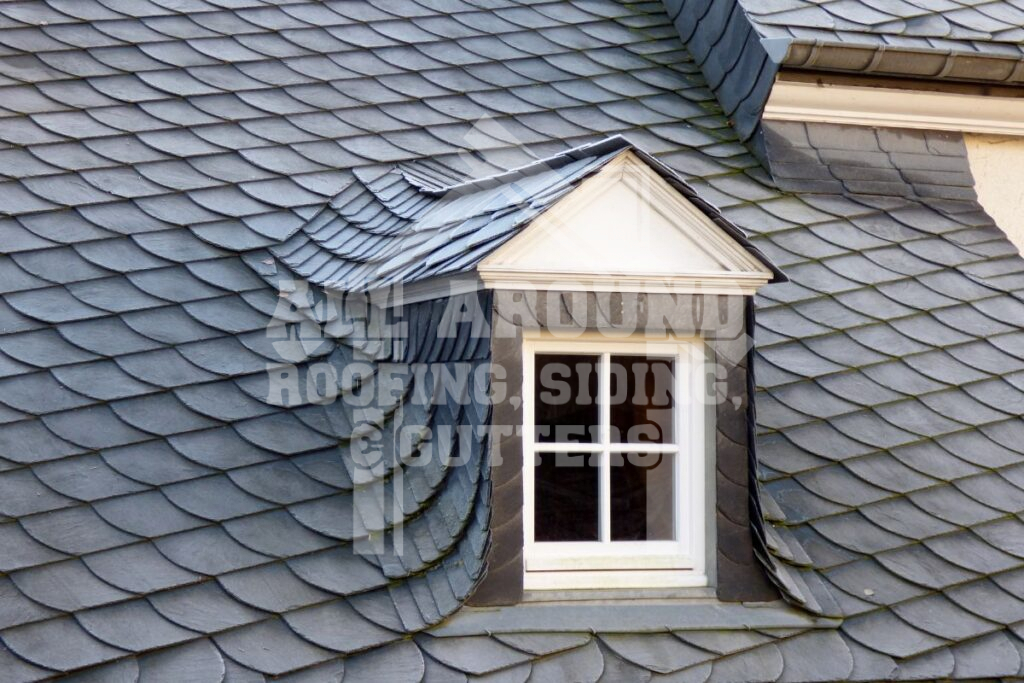
Lifespan: 50 to 100 years
For homeowners wanting elegance and durability, slate roofs are a great option. Slate is a natural stone that can last for decades, offering excellent resistance to fire, rot, and severe weather. Although more expensive upfront, its long lifespan and low maintenance needs make it a wise investment.
4. Wood Shingles and Shakes
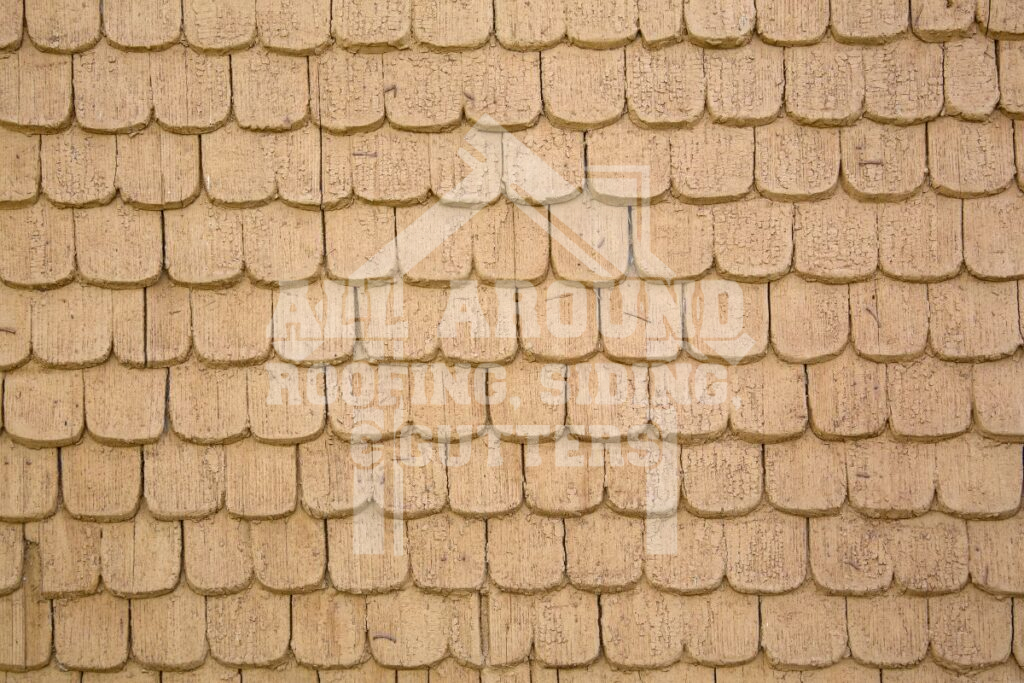
Lifespan: 20 to 40 years
Wood shingles and shakes give homes a natural, rustic look and provide good insulation. Usually made from cedar, these roofs need regular maintenance to avoid problems like rot or insect damage. While they can last for many years with proper care, they aren’t as durable as other options.
5. Clay or Concrete Tiles
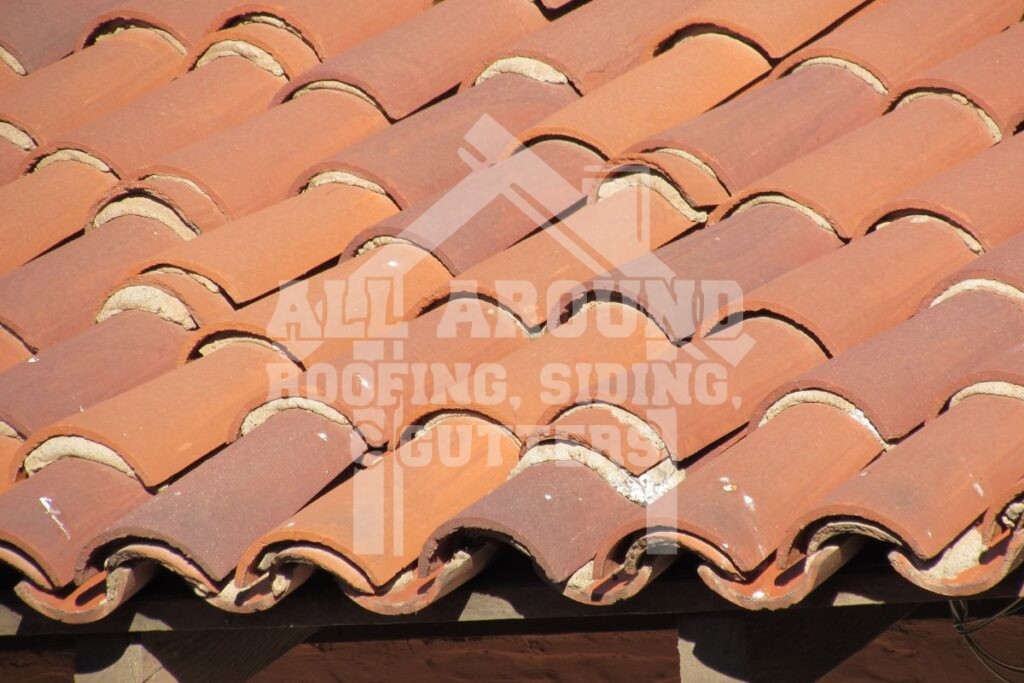
Lifespan: 50 to 100 years
Clay and concrete tiles stand out for their unique look and strength. They are fire-resistant and can handle Ohio’s varied weather conditions well. Even though they are heavy and require strong support, their long-lasting nature and low maintenance needs make them a popular choice for homeowners.
How Ohio’s Climate Affects Roofs
Weather plays a big role in how long your roofing system will last. Here’s a breakdown of how each season affects the longevity of a roof.
Summer: Heat and Humidity
Hot, humid summers in Ohio can cause roofing materials to expand and contract, leading to cracks or warping among shingles. The high humidity also promotes mold and algae growth, especially on asphalt shingles. Choosing materials that resist moisture and handle temperature changes can prevent these issues.
Winter: Snow and Ice
Winter brings heavy snow and ice, which add weight to the roof and can cause structural damage. Freeze-thaw cycles and ice dams, formed when melting snow refreezes, can lead to leaks as well. Opting for durable materials like metal can help roofs withstand winter conditions.
Rain: Year-Round Precipitation
Ohio’s frequent rain can wear down roofing materials and cause leaks if the gutters are clogged. Good drainage and moisture-resistant materials are key to protecting roofs from rain damage. Regular gutter maintenance also plays an important role in preventing water-related issues.
Maintenance Tips For Extending Roof Lifespan
In order to maintain an extensive lifespan with your roofing system, there are some precautionary measures you can take to help your roof last for years to come.
1. Regular Inspections
Check your roof at least twice a year, ideally in spring and fall, and after any major storms. Look for missing shingles, rust, or signs of water damage. Catching problems early can save you from bigger, more expensive repairs later on.
2. Gutter Maintenance
Clean your gutters regularly to ensure water drains properly. Clogged gutters can cause water to pool on your roof, leading to leaks and damage. Keeping them clean helps protect your roof and home from water-related issues.
3. Check for Damage
Look for any damage, like cracked or missing shingles, rust spots, or wood rot. Fixing these problems quickly can prevent more serious damage and the roof failing.
4. Trim Overhanging Branches
Cut back any branches that hang over your roof. They can scratch the surface, drop leaves that clog gutters, and provide a way for pests to get onto your home. Trimming them helps prevent these risks.
5. Remove Debris
Clear away leaves, twigs, and other debris that can trap moisture against your roof. Keeping the roof surface dry helps prevent rot and deterioration.
6. Check for Leaks
Inspect your attic and ceilings for signs of leaks, like water stains or mold. If you find any, address them immediately to prevent further damage to your roof and home.
7. Ensure Proper Ventilation and Insulation
Good ventilation and insulation in your attic are important. They help regulate temperature and moisture, preventing problems like heat buildup and ice dams. This contributes to a longer-lasting roof.
How Does The Slope Of A Roof Affect Its Lifespan?
While it may not be the first thing you consider, the slope of your roof could also be a deciding factor in whether or not your roof lasts its entire lifespan, or deteriorates early.
1. Water Drainage
Steeper roofs allow water to run off more easily, reducing the risk of pooling that can lead to leaks and damage. Flat or low-slope roofs are more likely to trap water, which can cause faster wear and potential failure.
2. Debris Accumulation
Roofs with a steep pitch are less likely to collect debris like leaves and branches. This helps prevent moisture buildup and mold growth. Flat roofs gather more debris, requiring frequent cleaning to avoid damage.
3. UV Exposure
Roofs with a low slope receive more direct sunlight, speeding up the degradation of roofing materials. Steeper roofs are less exposed to UV rays, which help extend their lifespan.
4. Wind Resistance
Steeper roofs are more aerodynamic and generally handle high winds better. Flat roofs are more susceptible to wind uplift, which can lead to damage during severe storms.
5. Thermal Expansion and Contraction
Roofs that face significant temperature changes may suffer from thermal expansion and contraction. Steeper roofs manage these changes more effectively, preventing pooling water from exacerbating thermal issues.
6. Ice Dams
In colder climates, shallow slopes are more prone to ice dams, where melting snow refreezes at the roof’s edge. Steeper roofs allow snow to slide off, reducing the risk of ice dams and associated damage.
Determine The Age Of Your Roof With All Around Roofing, Siding & Gutters
By paying proper attention and understanding the factors that influence your roof’s lifespan in Ohio and knowing what to look for, you can work to maintain a healthy roof for as long as possible. Regular maintenance, timely repairs, and choosing the right materials are key to ensuring your roof stands up to Ohio’s challenging weather conditions. But if you need more clarification about the condition of your roof or think it might be time for a replacement, it’s always a good idea to consult with a professional roofing contractor.
Put your trust in the team at All Around Roofing, Siding & Gutters for dependable roofing services in Ohio. We make sure your roof is prepared for Ohio’s weather with our expertise in roof replacements, repairs, and upkeep. In order to keep your home safe and secure, our team is committed to providing excellent service. Give us a call today at (937) 902-2839 to learn more.

